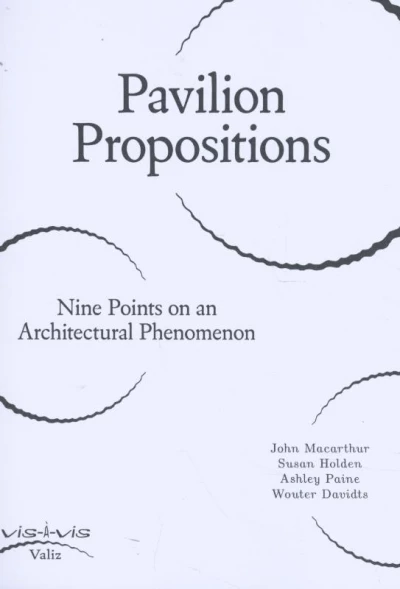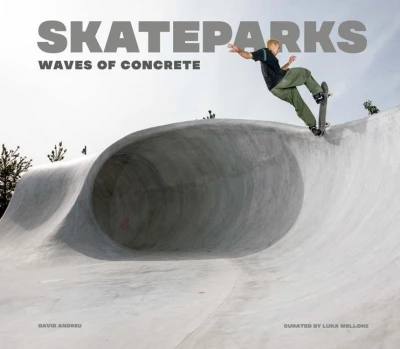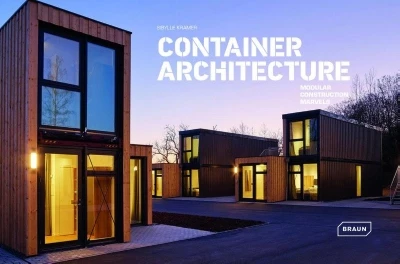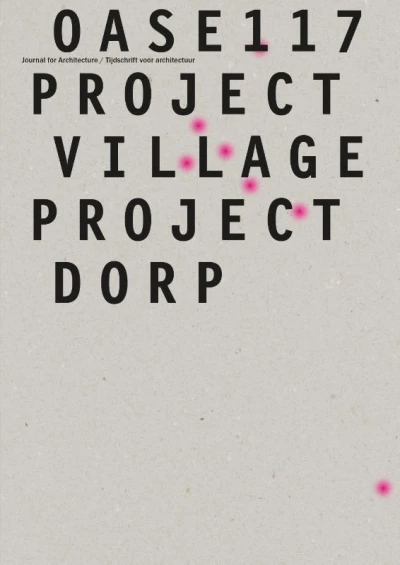Home » Overzicht » Kunst en Cultuur » Kunstboeken » Bouwkunst boeken » Vis-à-vis Pavilion Propositions
Vis-à-vis Pavilion Propositions
Wouter Davidts (Auteur) |
John MacArthur (Auteur) |
Susan Holden (Auteur) |
Ashley Paine (Auteur)
Beschrijving
Pavilion Propositions addresses the contemporary pavilion phenomenon and those often temporary and functionless architectural structures commissioned and exhibited by art institutions around the world (including the annual Serpentine Pavilion in London, Young Architects Program in New York and the MPavilion in Melbourne). Despite its ubiquity, and popular success, the contemporary pavilion has been inconsistently theorized and frequently disparaged.
This thought-provoking book reclaims the pavilion as an architectural topic, against those who would dismiss the phenomenon as symptomatic of a simple or absolute exhaustion of the critical potential of architecture's intersection with art. The pavilion phenomenon also occasions a timely interrogation of larger questions that concern the changing relations between culture and the economy - changes that are shifting the planes on which architecture and art meet.
Pavilion Propositions richt zich op het hedendaagse fenomeen van het 'kunstpaviljoen' en andere, vaak tijdelijke en functieloze architecturale bouwwerken. Wereldwijd worden zulke paviljoenen gebouwd in opdracht van kunstinstituten en worden ze bijvoorbeeld gebruikt als expositieruimte (zoals het jaarlijkse Serpentine Pavilion in Londen, het Young Architects Program in New York en het MPavilion in Melbourne). Ondanks zijn alomtegenwoordigheid en populariteit wordt het hedendaagse paviljoen inconsistent getheoretiseerd en vaak geringschat.
In dit tot nadenken stemmende boek herclaimen de auteurs het paviljoen als architectonisch onderwerp. In negen stellingen ageren ze tegen diegenen die het paviljoen wegzetten als voorbeeld van de uitputting van het kritisch potentieel op het snijpunt tussen kunst en architectuur. Het fenomeen 'paviljoen' nodigt uit tot het onderzoeken van grotere actuele vraagstukken over de veranderende relaties tussen cultuur en economie — veranderingen die juist plaatsvinden op het vlak waar architectuur en kunst elkaar raken.
ISBN: 9789492095503








